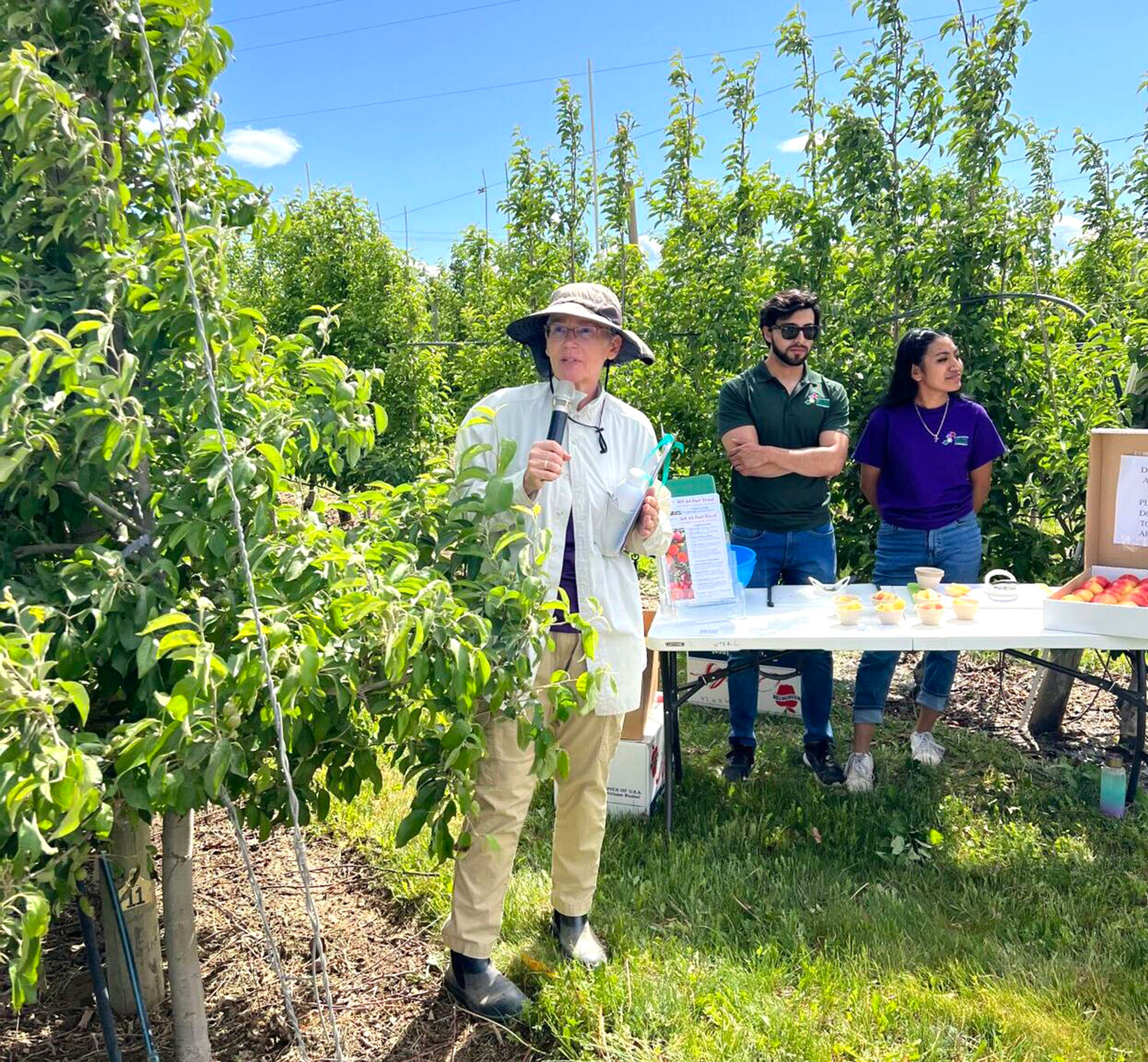A Washington State University graduate student spent about six weeks in Alaska this summer studying whether light duration makes a difference in nitrate levels in plants.
Haly Ingle, 24, is comparing lettuce and spinach samples from Fairbanks, where it never gets entirely dark in the summer, and Pullman, where day and night patterns are present.
Ingle, who is originally from Waitsburg, Wash., graduated from WSU in agricultural communications with an emphasis in journalism. She has a second degree in organic agriculture and is working on a master's in soil science.
"This study is mostly backing up what has been done in greenhouses," Ingle said. "We wanted to take it out of the greenhouse and see if you get the same results in the field."
Results of her summer research project are pending. Approximately 200 plants have to be processed, she said.
An ion probe is used to measure the nitrate levels after the plants are harvested, weighed, dried and ground down.
In Fairbanks, the levels should be decreased, she said. "I expect Pullman levels will probably be higher, but the more interesting effect is the levels should increase at night and decrease during the day, so there will be fluctuations."
Ingle studied in Alaska, because part of the funding came from a grant that was specific to both Alaska and Washington, she said, and the research is needed to benefit both states. The work is part of her thesis.
"It was really fun, but I didn't sleep very well. It never gets dark enough that it would hinder any activity. It's an interesting place."
Ingle said nitrate research is important because previous findings related to the role of nitrates in the human body have been so varied.
Nitrates break down into nitrites, and some health problems have been linked to high levels, which form carcinogens, she said. Health concerns prompted the European Commission to set limits of the amount of nitrates that can be present in leafy vegetables.
Most of the research was done in the 1980s, but another wave of research has shown some benefits, Ingle said.
In addition to the health issues, nitrates are easy and interesting to study because they respond to so many different conditions, such as light duration, temperature, light intensity and fertilizer source, she said.
"You name it, and it can affect nitrates."
---
Sandaine may be contacted at kerris@lmtribune.com or (208) 848-2264.









